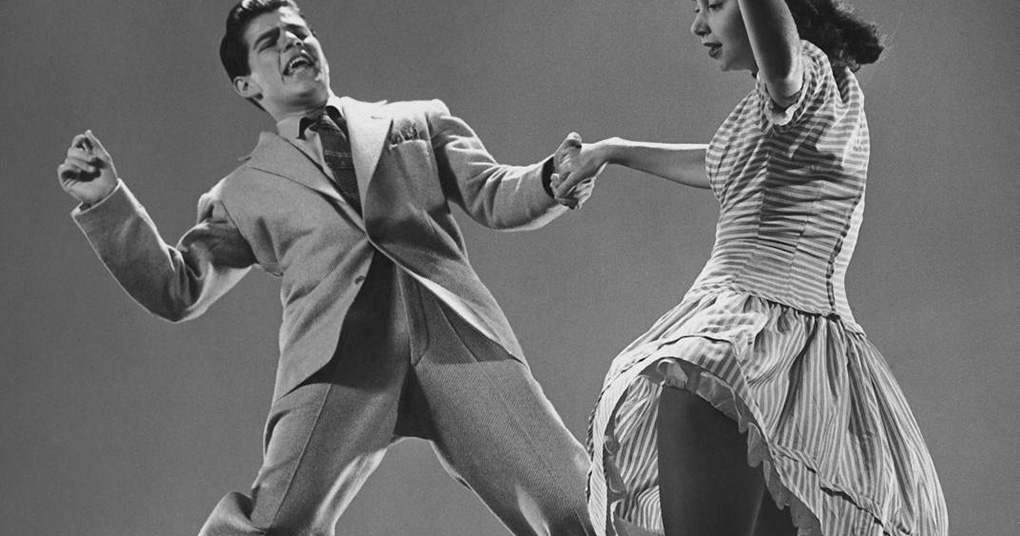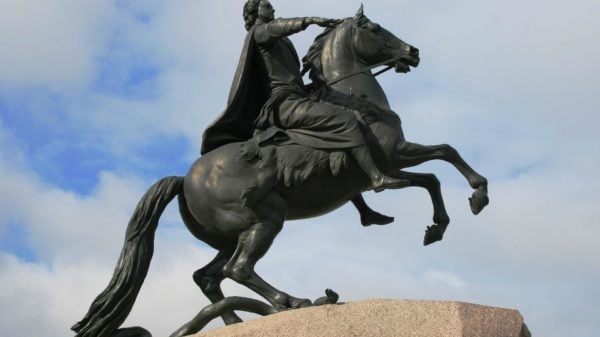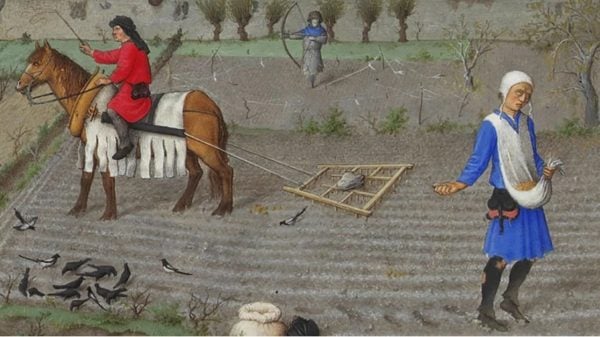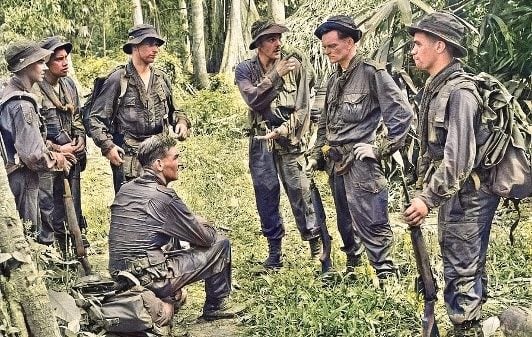Lindy Hop is a dance style that emerged from African-American communities in the 1920s. It consists of six-count and eight-count steps and incorporates other dance forms like jazz and charleston. It is primarily a social dance, so it is typically done with a partner, but you can also dance it solo. Lindy Hop is known to be spontaneous, energetic, and fun, which explains why it was revived in the mid-1980s.
This dance was considered the result of a cultural movement in America, which emerged around World War II. The Lindy dance style shows an interesting mix of influences from other dances like the Texas Tommy, Cakewalk, and Turkey Trot. The influences often came from African social dance culture or dances that allowed the white and African cultures to come together in harmony.

Savoy Ballroom
Ballrooms were huge in New York City in the 1920s, but it was in the Savoy Ballroom where Lindy was refined. The Savoy was a huge ballroom, encompassing the whole 141st Street and Lenox Avenue, and was the perfect place for Lindy to evolve as it allowed for racial integration. Recognized as the home of happy feet, the ballroom welcomed 70,000 dancers a year and had two live bands performing every night, seven days a week.
Emergence of Dance Marathons
Lindy quickly grew to become a popular social dance, with jazz fans going out at night to hear live performances from names like Duke Ellington and Cab Calloway. Dancers would participate in friendly competitions and come up with new moves that would wow the crowds and judges. The craze led to the emergence of dance marathons, which was said to be the origin of Lindy Hop’s name.
In 1927, Charles Lindenbergh was about to take his first solo flight from New York to Paris, and people were entertained by the idea of his “hop” across the Atlantic. A swing dancer named George “Shorty” Snowden was seen performing a dance marathon and was asked about its name, to which he responded to Lindy Hop. The name stuck, and up until today, Lindy Hop is considered to be the first swing dance.
Evolution of Lindy Hop
Lindy Hop has evolved significantly over the decades and continues to be celebrated as a fun and down-to-earth dance today. In the summer of 1998, also known as The Summer of Swing, swing dancing came back to life. However, its revival can be traced to as early as the 1980s. At this time, new wave punk was the latest music trend, with Be-Bop and Rock and Roll being some of the top genres.
Over time, recorded music became more accessible, and dance halls became smaller, so dancing styles were adapted to suit these changes. Frankie Manning, recognized as one of Lindy Hop’s founders, returned to the dance scene and taught swing dancers from all over the world. Popular culture also promoted the dance with movies like “Swing Kids” and “The Mask.”
Without a doubt, Lindy is much bigger now than it was when it first emerged. Thanks to the Internet, the dance style has gained traction throughout the world and has grown into a social, competitive, and performative dance.


















